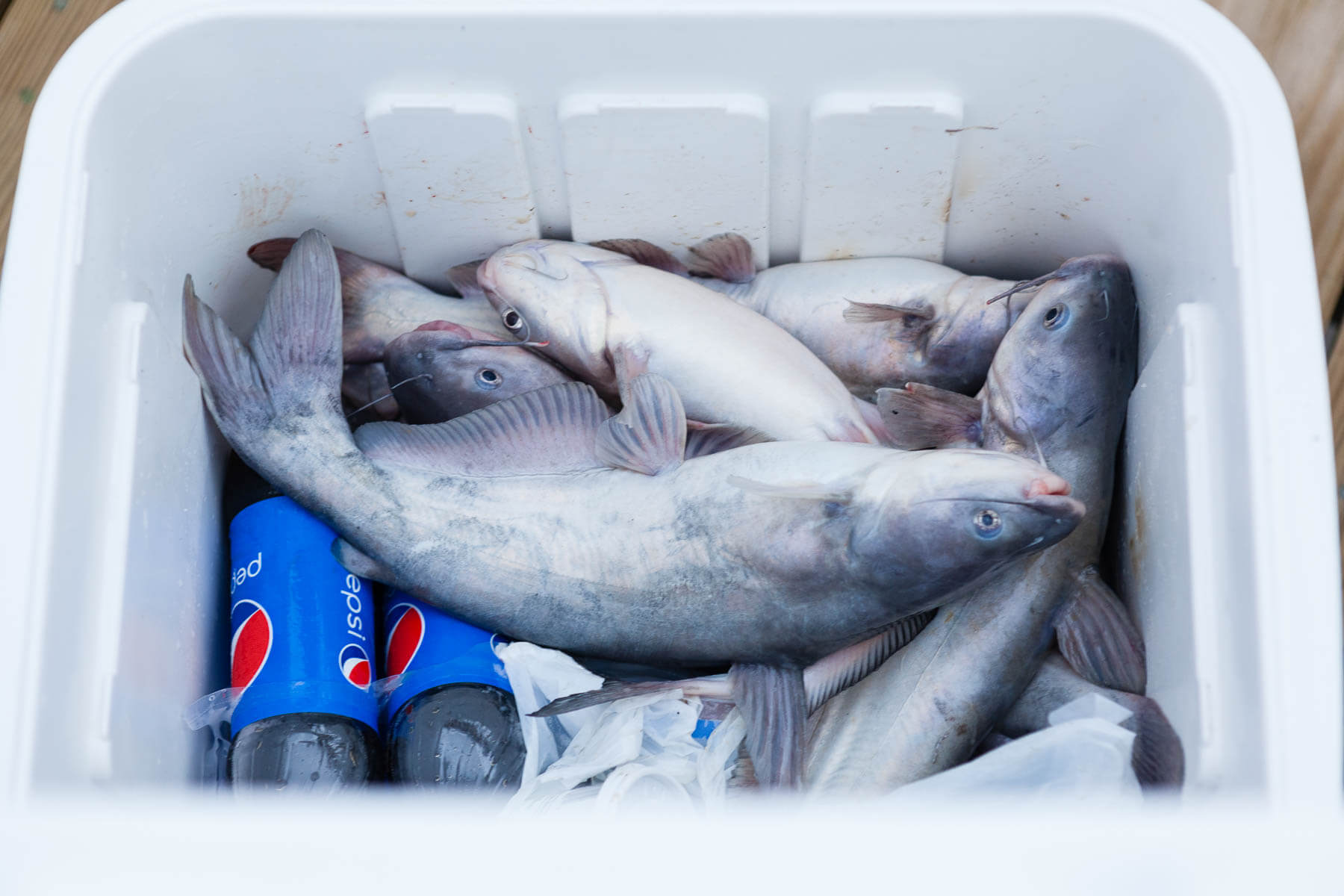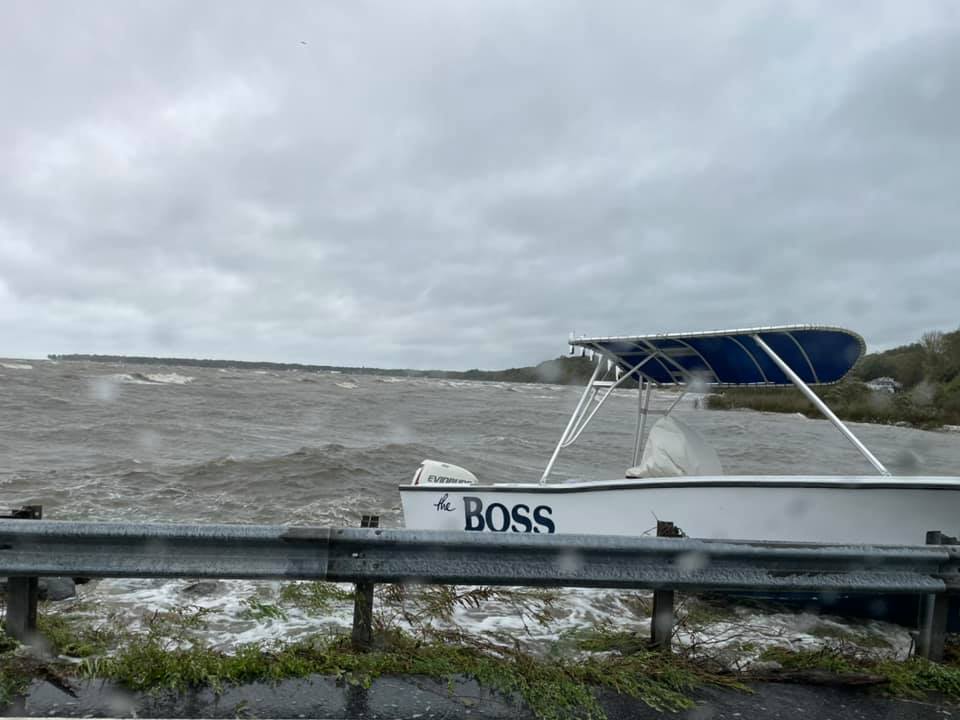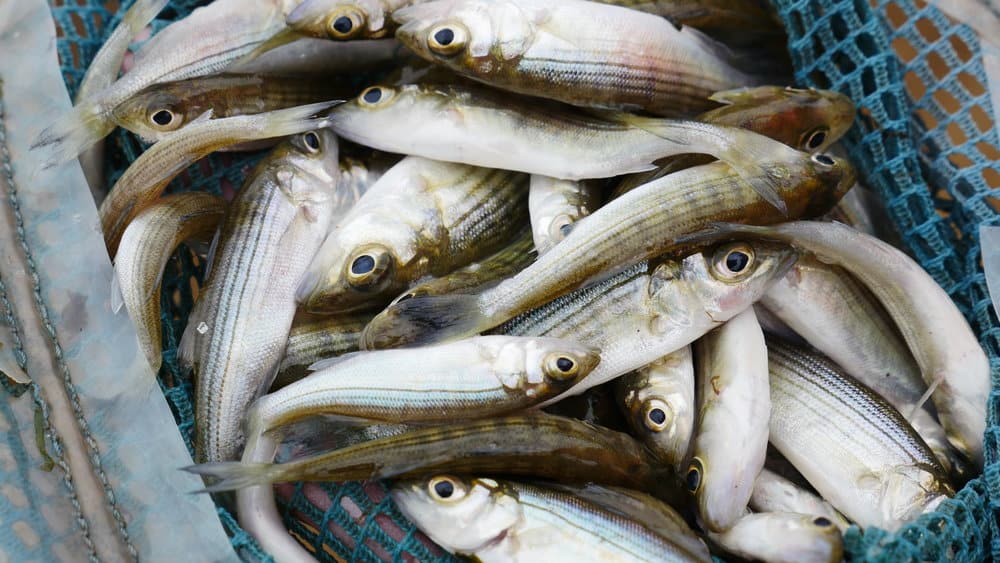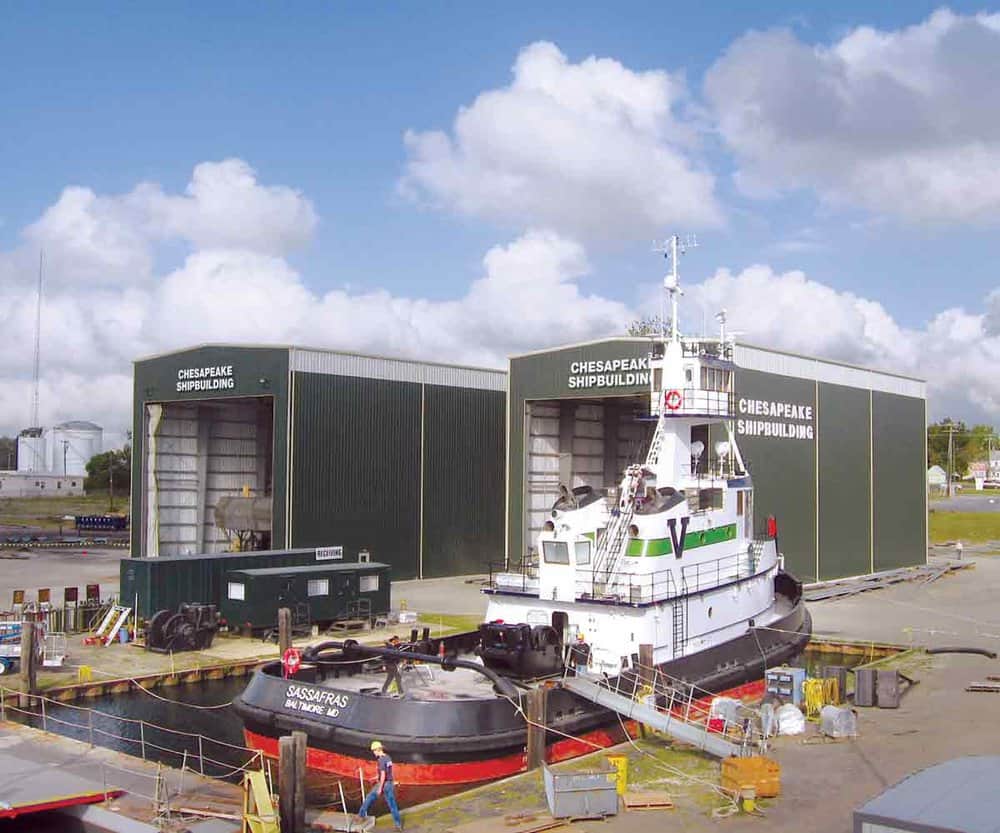As the blue catfish population keeps growing in the Chesapeake Bay, so does the chorus of voices saying we need to take more action to curb this invasive species.
Just a few months after taking office, Maryland’s new governor is bringing the invasive fish issue to the forefront.
On Thursday, Gov. Wes Moore made a formal request to the U.S. Secretary of Commerce for a disaster declaration due to the effects of invasive blue and flathead catfish and snakeheads in his state’s portion of the Chesapeake Bay and its tributaries.
The Department of Commerce will now begin a formal review that could provide support to study the impact of these large predators on Maryland’s native fish and crab stocks. The governor’s request is similar to one made by Gov. Martin O’Malley in 2009 because of a decline in blue crabs that was nearly as bad as the one documented by the most recent (2022) winter crab dredge survey.
There is not at present direct evidence that invasive fish have caused the drop in overall crab numbers or the low juvenile hatch of rockfish (striped bass) in recent years. There is, however, concern especially about blue catfish, which, although generally classified as a freshwater species, spread widely and proliferated in the upper Bay and its tidal tributaries during the abnormally wet years of 2018 and 2019.
The fish are omnivorous and can grow to prodigious sizes, even in excess of 100 pounds, though the bulk of the population is below 24” in length and five pounds in weight. Federal disaster funding would support studies to determine the current ecological effects of these fish in Maryland’s waters. Flathead catfish and snakeheads are much less tolerant of salt than blues, but they can disrupt native freshwater fish stocks in the upstream waters where they have gotten loose.
Fortunately, all three species are very good to eat, and there is an enthusiastic recreational fishery for each of them, as well as a directed commercial fishery for blue cats that helps to reduce the pressure on native species like crabs and rockfish while providing good jobs for watermen.
Unfortunately, federal inspection requirements have caused processing bottlenecks that restrict the numbers seafood wholesalers can handle.
Dr. Allison Colden, the Chesapeake Bay Foundation’s Maryland Senior Fisheries Scientist, says, “This action [the disaster declaration] will hopefully complement regulatory reforms up for debate in the next Farm Bill, which would remove catfish processing requirements that have so far hamstrung efforts to increase catfish harvest.” Those reforms would open up more markets and thus more opportunities for watermen.
“This is a critical first step,” she continued, in addressing the significant problem of invasive catfish and snakeheads in Chesapeake Bay. Federal support would help implement key programs to target harvest of blue catfish and other invasive species to mitigate their ecological damage, while supporting Maryland watermen who have been most affected by negative impacts on native fish species.”
As Chesapeake Bay Magazine Editor (and musician) Jefferson Holland’s song about invasive species goes, “If you can’t beat ’em, eat ’em.”
-John Page Williams




